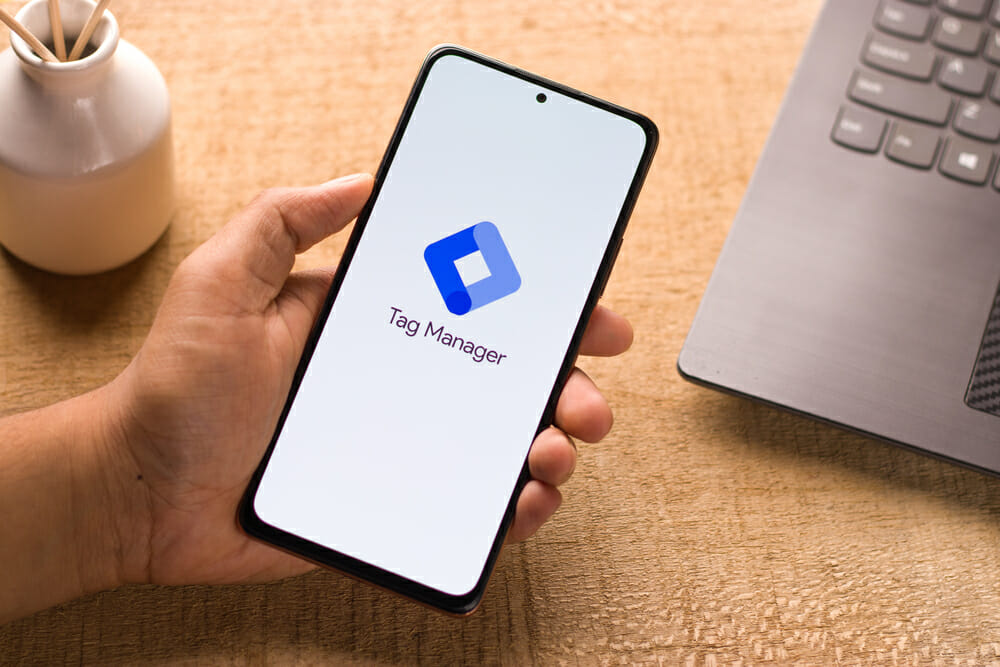When it comes to digital advertising, measurement is very important. Accurate measurement is determined by robust tagging to assist you in reaching your app or website visitors.
It’s also important for a privacy-centric measurement strategy that revolves around information people agree to share with you, which we can call consented, modeled, and first-party data. Advertisers need to have authentic and durable tagging in place since third-party cookies, and other legacy identifiers are phased out. With tagging, you can strengthen user privacy, keep up with the fast-changing regulations and continue measuring modeling and performance insights.
Evolving With Your Measurement Needs
In order for you to keep up with the changes in the industry, Google has centralized its tagging solutions using Google Tag Manager. This gives advertisers the chance to send event data to Google Marketing Platform, Google Ads, and Google Analytics.
Google has further improved the tagging experience by introducing the new Google Tag. It’s a reusable single tag built on top of the existing gtag.js implementations of advertisers that helps them preserve user trust and confidently measure impact. From today, Google Tags will start unlocking new capabilities to help advertisers do more, adopt new features, and improve data quality without the need for additional code. As they’ve formerly recommended with the global website tag, you should install the Google Tag on all the pages of your site.
For advertisers using Google Tag Manager, they’ll not experience changes to their setup for now. But they should be alert for more updates on upgrades and tighter integration between the Google Tag Manager and Google Tag.
Centralized Sitewide Tagging
Google advertisers who have multiple gtag.js instances can now merge the tags and manage their settings centrally in the Google Tag screens in Google Analytics and Google Ads. Since setting up sitewide tagging alongside combining or raising tags will be easier, advertisers can easily integrate the volume of tagged pages while consistently configuring them. With this, they’ll get improved measurement resulting in customer insights of better quality. You can now also manage user access to the settings of your tags across products in a dedicated place, which gives you extra control over who can access critical measurement settings. Be aware that your existing implementations of gtag.js will continue working and will become the Google Tag automatically.
Easier and Faster Setup
Very soon, advertisers will also get the chance to use their existing Google Tag installation when they set up another Google account or product or create new actions for conversions rather than configuring more code every time. Google has simplified complex workflows for a quick and simple setup experience that’ll work across Google Analytics and Google Ads, within the interface of a product that you are already familiar with.
For advertisers who make use of popular CMS (content management systems) such as Wix, Squarespace, or Hubspot, they will get the chance to install a new Google tag without the need for any code.





